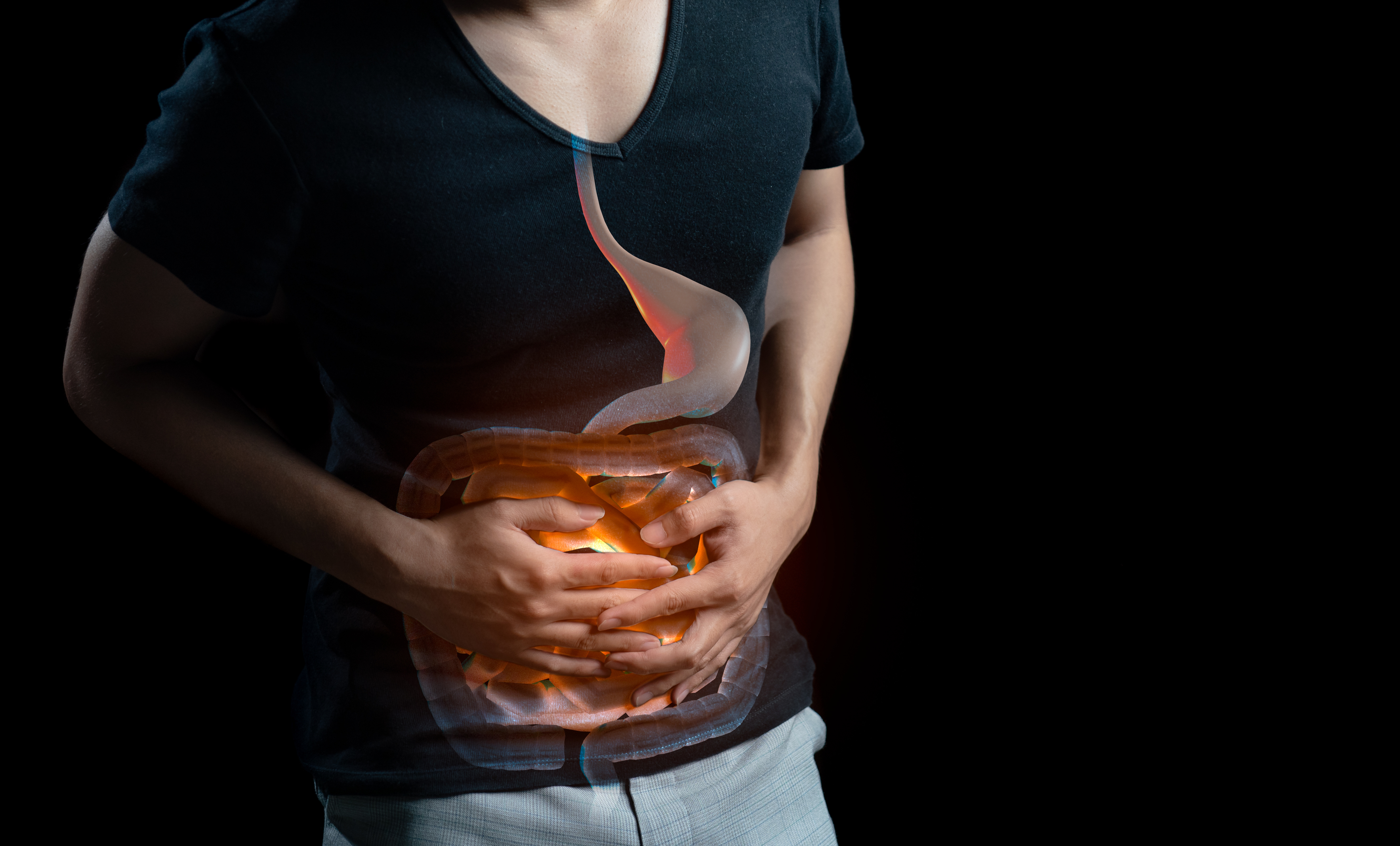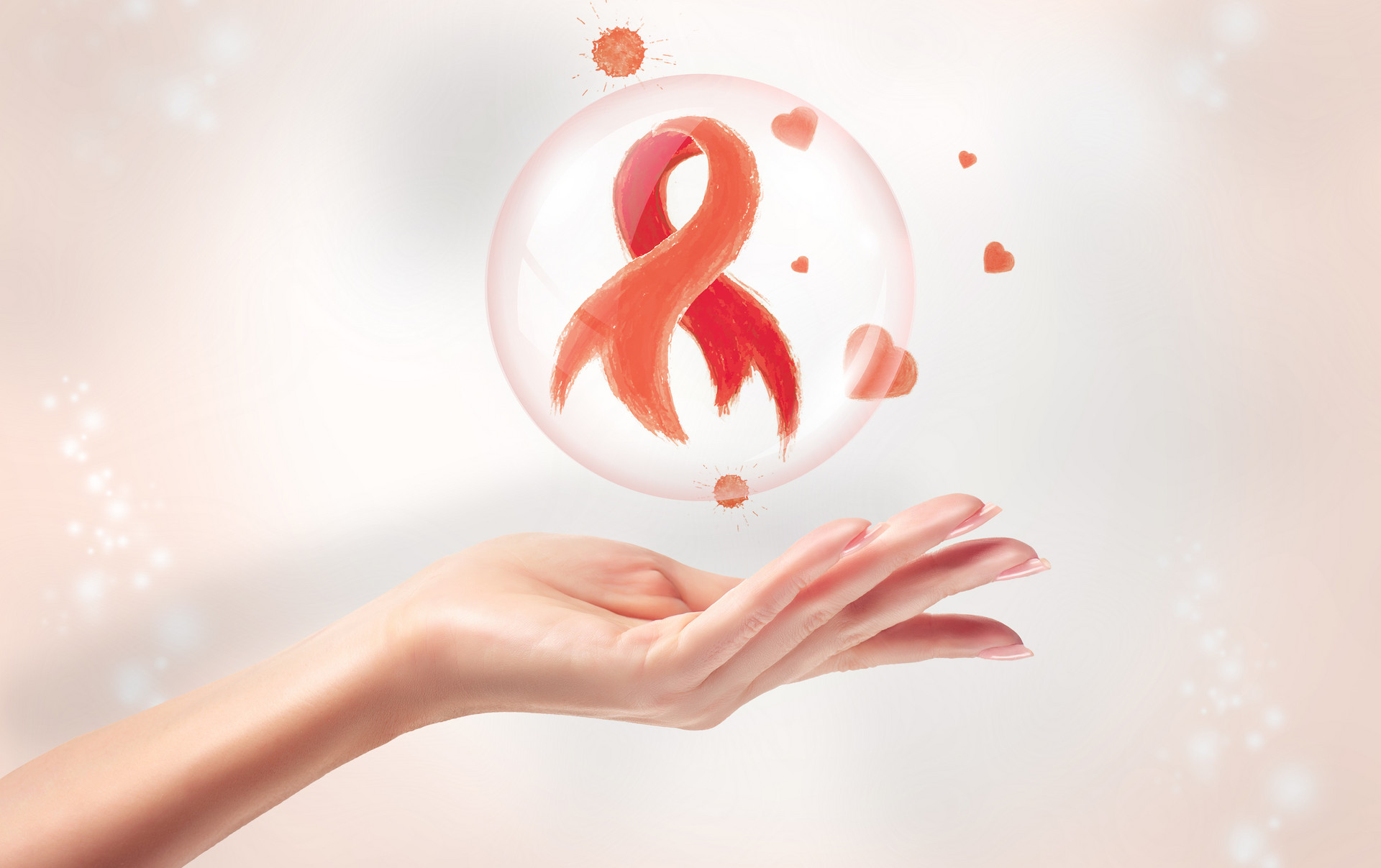Why is Cold Constitution Prone to Cancer
People with a cold constitution have a very hard time in winter. Not only do they have cold hands and feet, but they also suffer from menstrual pain, stomach pain, and are more prone to cancer. The impact of a cold constitution on our health is profound! Can we change our cold constitution? How can we improve our cold condition?
Why is Cold Constitution Prone to Cancer?
There are two main reasons: first, people with a cold constitution usually have a weak immune system, which cannot effectively resist the invasion of external toxins and has a relatively poor ability to eliminate toxins, creating a predisposition for tumor formation. Second, people with a cold constitution generally have slower blood circulation, which easily leads to the accumulation of stagnant blood, phlegm, and Qi stagnation. The accumulation of "phlegm and blood stasis" in a certain part of the body, under the long-term effects of toxins and evil, easily leads to the formation of tumors.
According to traditional Chinese medicine theory, a cold constitution is due to an excess of Yin energy in the body, leading to weakened digestion and absorption of nutrients, resulting in reduced heat absorption. People with a cold constitution often experience the following symptoms: cold hands and feet, sensitivity to cold, easy to catch a cold; fatigue, edema, pale lips, white tongue coating; loose stools, easy diarrhea; light-colored urine, frequent urination, large urine volume; poor appetite, food tastes flavorless, etc.
Clinical studies have found that compared to people with other constitutions, individuals with a cold constitution have a significantly increased risk of cancer due to unhealthy lifestyle habits. For example, long-term smoking increases the risk of lung cancer, and not paying attention to water hygiene and eating spoiled food increases the risk of stomach cancer. If people with a cold constitution have long-term liver stagnation, such as pent-up anger, high stress, and depression, men are prone to nasopharyngeal cancer, kidney cancer, and liver cancer, while women are more likely to develop breast cancer, cervical cancer, etc.
Foods with Cold Properties:
Foods with cold properties include bitter gourd, tomato, water chestnut, lotus stem, lily, lotus root, bamboo shoots, arrowhead, konjac, water spinach, dandelion, purslane, fish mint, water shield, fiddlehead fern, bitter greens, shepherd's purse, watercress, black fish, carp, crayfish, mud snail, clam, jellyfish, kelp, seaweed, field snail, river clam, milk, fermented black beans, mulberry, sugarcane, pear, watermelon, persimmon, banana, etc.
Cold and cool are the same in nature but differ in degree. Foods with cold properties help clear heat and detoxify, and can be used as an adjuvant therapy for heat-related illnesses. For symptoms of excessive heat, such as redness of the face, restlessness, delirium, stiff neck, ulceration of the mouth and tongue, swollen and painful gums, dry mouth, thirst, dark and short urine, dry stools, red tongue with yellow dry coating, and rapid pulse, these foods can be used as ingredients in cooking to help clear heat and promote healing. When it comes to diet and health, the concept of "property" is important. "Property" (or "Qi") refers to the different properties of food, such as cold, cool, warm, and hot, which traditional Chinese medicine refers to as the "Four Properties" or "Four Qis". Cool or cold foods that are suitable for hot constitutions and diseases belong to cool or cold foods. For example, watermelon is suitable for symptoms such as fever, thirst, and restlessness; pear is suitable for symptoms such as cough, chest pain, and excessive phlegm, and belongs to cold and cool foods.
Warm or hot foods are the opposite of cool or cold foods. Neutral foods have properties that fall between cool and warm, suitable for general constitutions, and can be consumed by people with cold or hot constitutions. Neutral foods are often used for general nutrition and health. Examples include rice, noodles, soybeans, yam, radish, apple, milk, etc. Among the 300+ commonly used foods recorded in traditional Chinese medicine dietary books, neutral foods are more common, followed by warm and hot foods, and cool and cold foods are less common. Generally speaking, foods of all properties have nutritional and health benefits. Cold foods belong to Yin, and have the effects of clearing heat, promoting bowel movements, cooling blood, and detoxifying. Hot and warm foods belong to Yang, and have the effects of dispelling cold, warming meridians, promoting blood circulation, and enhancing Yang. Foods that are suitable for cold constitutions or diseases belong to warm or hot foods. For example, ginger, scallions, and cilantro are suitable for symptoms such as wind-cold cold, runny nose, headache, etc.; dried ginger and black tea are suitable for symptoms such as abdominal pain, vomiting, and preference for hot drinks; chili and alcohol are suitable for symptoms such as cold limbs, aversion to cold, rheumatic joint pain, etc., and belong to warm and hot foods.












